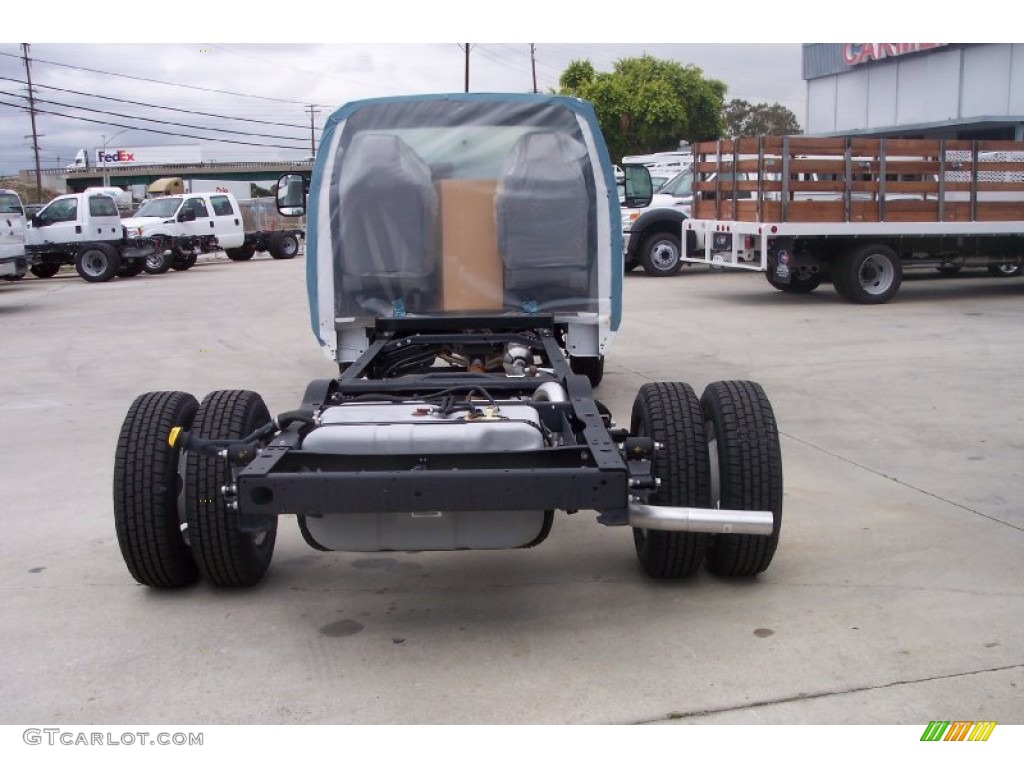I understand the definitition of A, B, B+, and C is all about what the RV manufacture starts with. What they end up with might not always make sense.
A starts with a stripped chassis

B starts with a cargo van

B+ and C starts with a cutaway chassis
B+ = aerodynamic cap
C = cabover bed

Most often, the B, B+, and C chassis marketed specifically for the RV industry will have nicer front grill work, power windows, door locks, stereo, a/c and other ammenities. They often get a heavy duty alternator to meet the demand of RVing. B+s and Cs get NO outside mirrors, NO back wall, and only a $2 cheap cafeteria driver seat along with other odd deletions. This because RV manufactures install their own. The missing back wall is a thick sheet of plastic that gets removed during RV assembly. The cutaway also comes with two different length antennas...a standard height and a short one that clears a cabover bed. The RV manufacture decides which to install. There are numerous other deviations that I didn't cover.
I could not find a picture of a motor home chassis, but here is one marketed for box truck applications with mirrors and seats. You get the idea.




